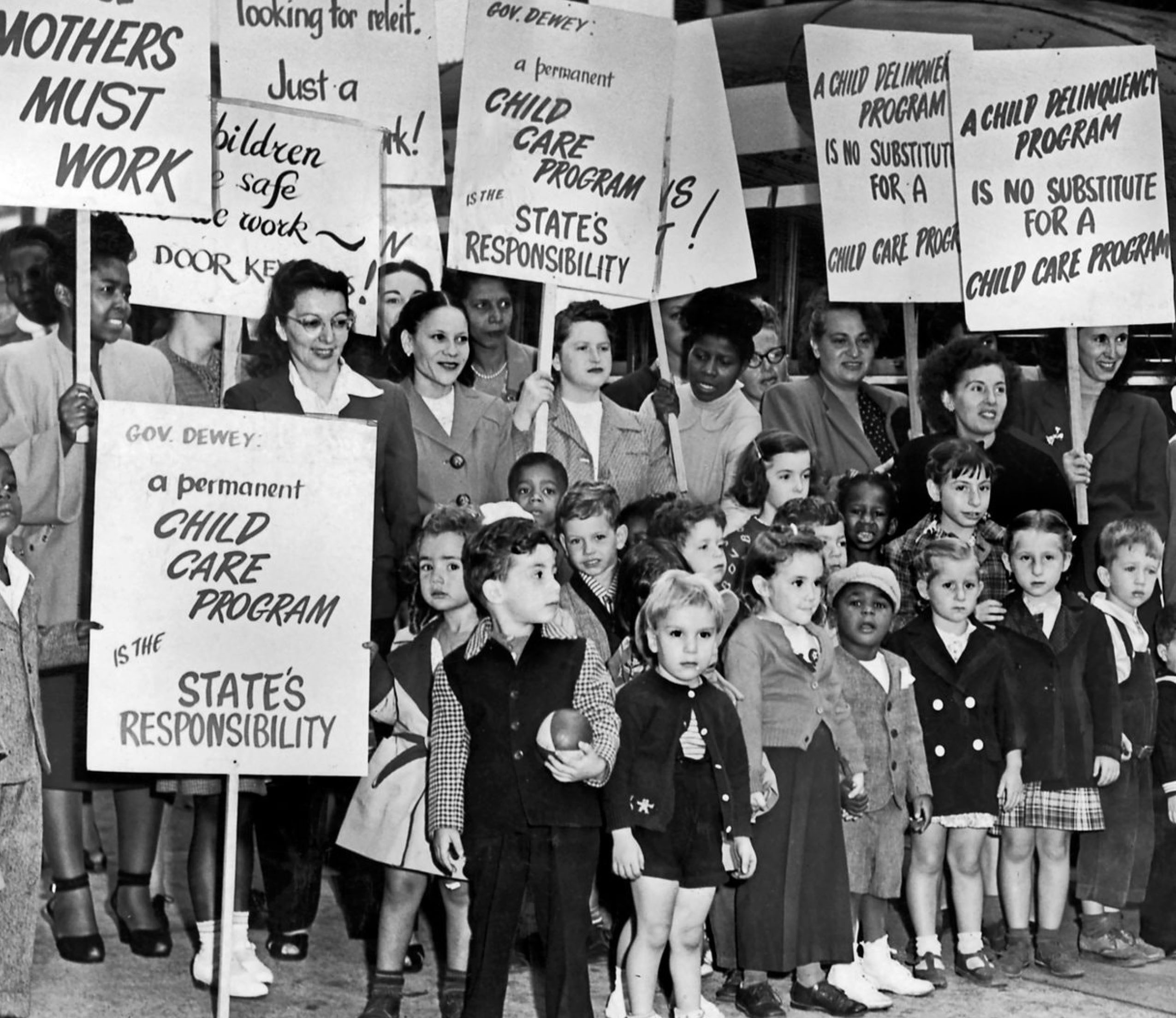“I didn’t sign up for a pandemic, but I am not going to walk away when people need me.” — Andrea Lindley, 34, an ICU nurse at a Philadelphia hospital
“I lost my job [in food service] after 20 years with the same company. I couldn’t believe it. I have a son. What am I supposed to do?” — Single mother, 42, in Las Vegas, Nevada
In January 2020, women held more than half of the jobs in the United States, reflecting job growth in the service, healthcare, and education sectors over the past decade (Omeokwe 2020). The last time women held a majority of jobs was more than a decade ago during the Great Recession, an economic downturn defined by losses in sectors dominated by men — manufacturing, production, and construction (Hartmann, English, and Hayes 2010; Hegewisch 2020).
COVID-19, a global pandemic, has triggered a colossal economic crisis not seen since the Great Depression (World Bank 2020). Rapid job loss, record jobless claims, and the shuttering of small businesses, temporarily or for good, across the country has destabilized workers, families, and communities. It has also exposed the fragility of many of our systems: health, economic, and care. Within a matter of months, they all buckled under the weight of COVID-19.
Since March, 57 million Americans have sought unemployment assistance, including many selfemployed workers able to claim unemployment benefits for the first time under the CARES Act of 2020 (Evermore 2020). The current civilian unemployment rate was 7.9 percent in September 2020, more than double the rate at the start of the year. For women was 8.0 percent, down from a record high of 16.2 percent in April (U.S. Bureau of Labor Statistics 2020).
Women have experienced a disproportionate number of job losses since the start of the pandemic. From February to May, 11.5 million women lost their jobs compared with 9 million men (Hegewisch 2020), triggering a “shecession”—an economic downturn where job and income losses are affecting women more than men. Between August and September 2020, 865,000 women dropped out of the labor market, four times the number of men who are no longer employed or looking for work (U.S. Bureau of Labor Statistics 2020d).
This report, Build(ing) the Future: Bold Policies for a Gender-Equitable Recovery, provides a framework for shared prosperity and equitable economic recovery. It examines the impact of the economic crisis and recession on working women, their families, and communities. It provides a blueprint for a genderequitable recovery that is not only about meeting the immediate economic needs of women and families, but lays out a long-term strategy for creating stronger systems and institutions that reflect the experiences and contributions of women in the workforce, in society, and in their families.
A gender-equitable recovery will require significant public investments at both the state and federal levels. It includes developing robust and wellresourced national child care infrastructure, rebuilding the social safety net, raising labor and job quality standards, and addressing historically discriminatory, racialized, and gendered economic policies and practices that have harmed women and families.
A gender-equitable recovery also includes policies that protect women’s health, bodily autonomy, and freedom by ensuring that they are healthy and have access to affordable and quality healthcare; paid sick, parental and family leave; and are empowered to make reproductive health choices that are in the best interest of their families and careers.



